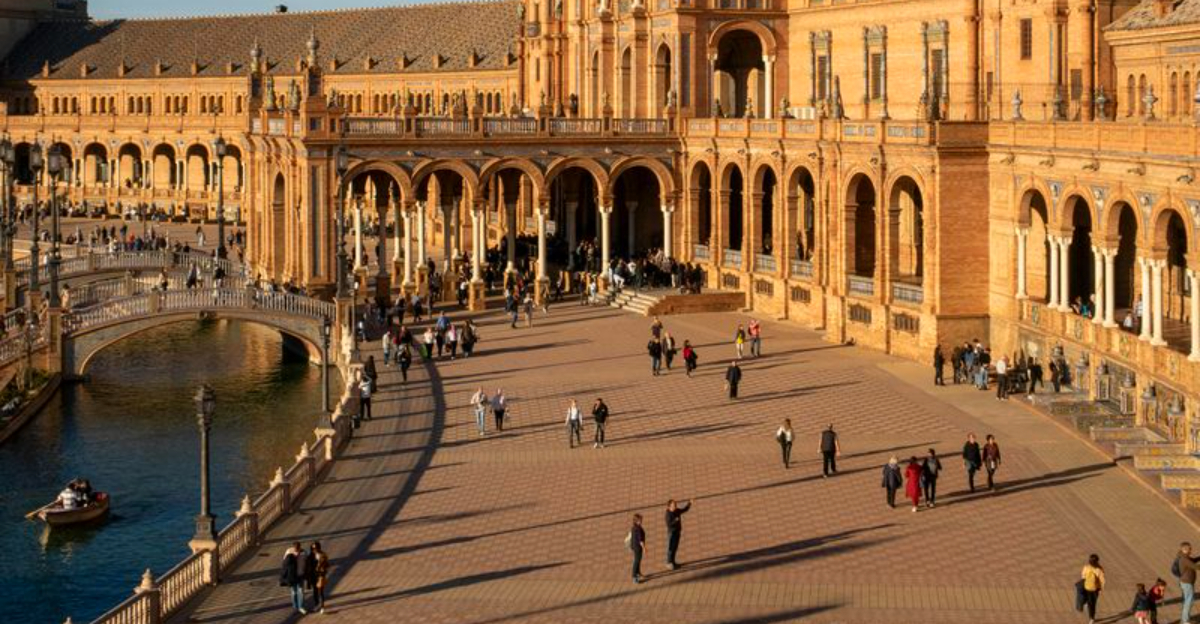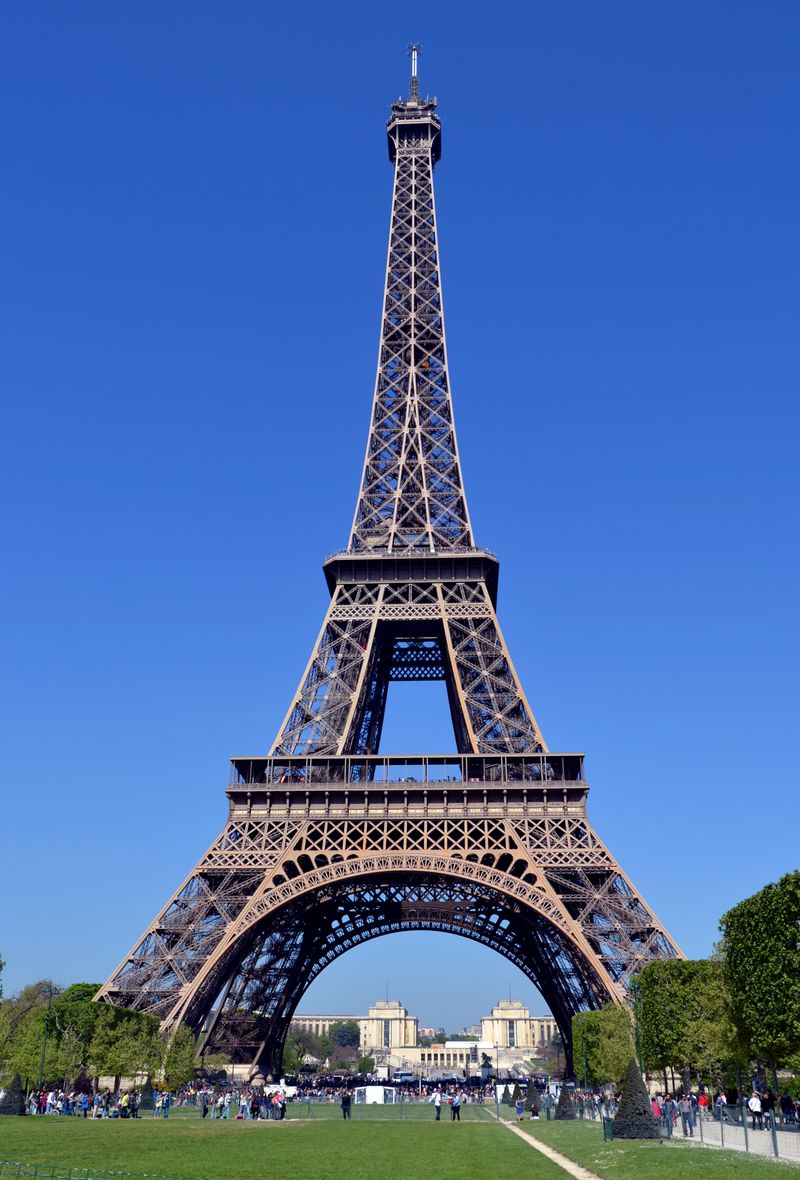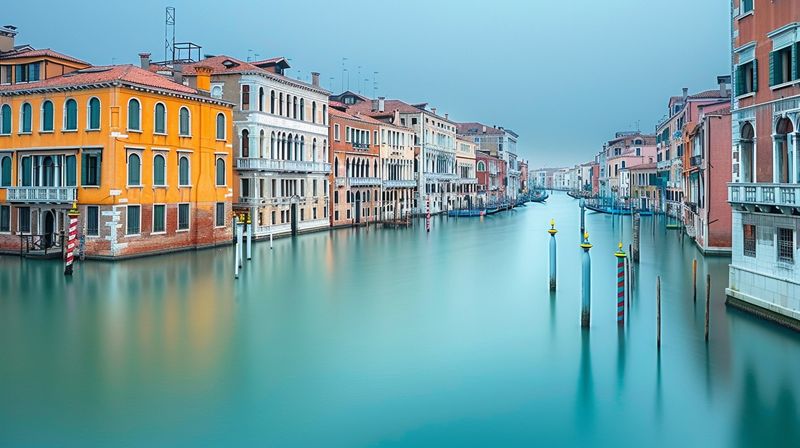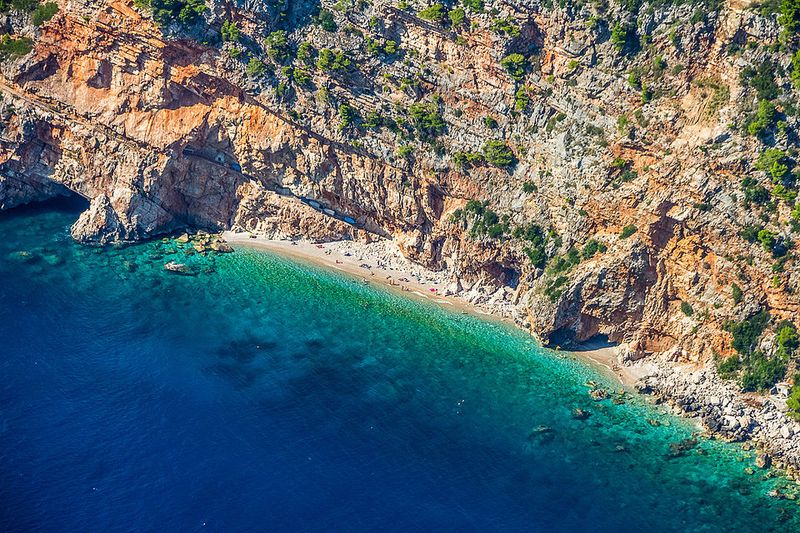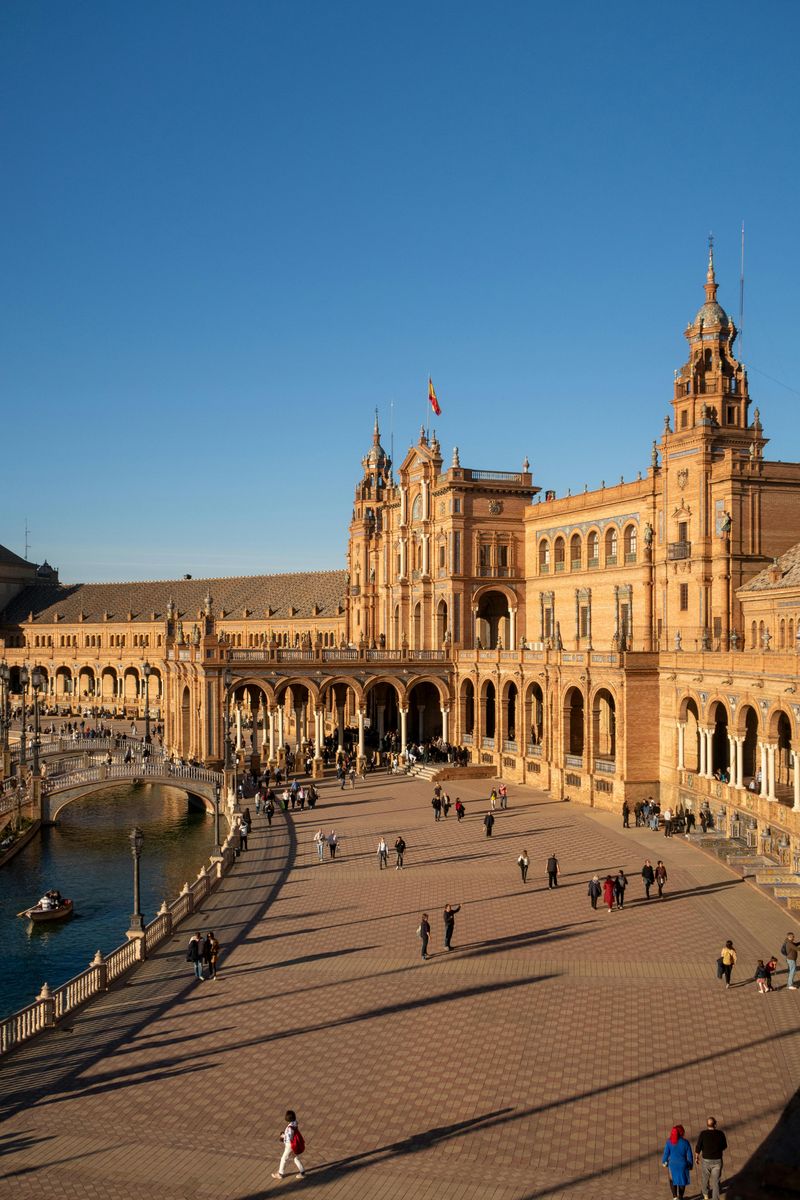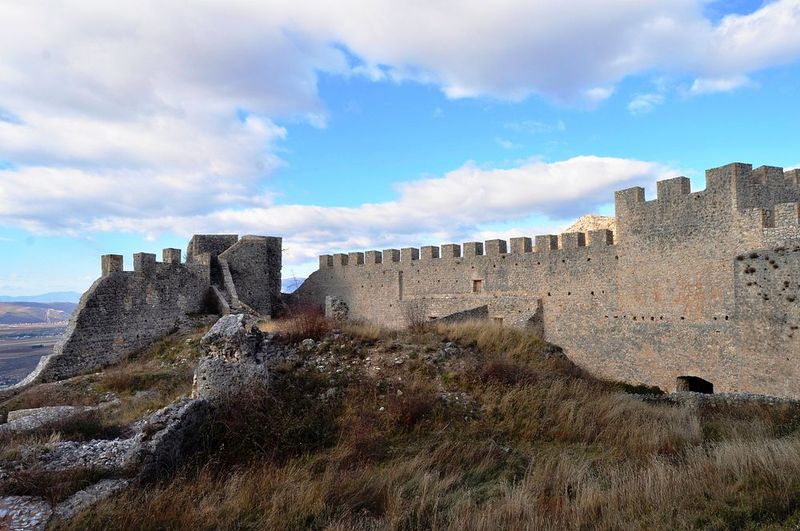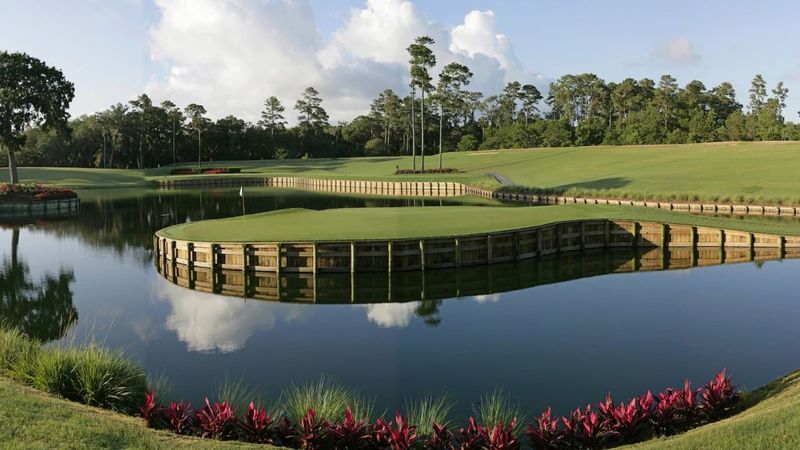Europe beckons with its rich history, stunning architecture, and diverse cultures, making it a top choice for American travelers seeking adventure abroad. However, not every destination offers the smooth, predictable experience you might expect. Some countries come with unexpected challenges—from confusing driving rules and language barriers to cultural differences and higher-than-expected costs. Knowing what to watch out for before you go can save you time, money, and frustration, helping you enjoy your European journey to the fullest.
France: Beauty with a Price Tag
France draws millions of visitors each year with its romantic cities, world-class museums, and delicious cuisine. Yet beneath the charm lies a reality that catches many Americans off guard. Surveys reveal that 15% of French respondents consider their country unwelcoming to American travelers, hinting at cultural friction.
Paris and other major cities carry steep prices, especially with a strong euro driving up accommodation and dining costs. The pace of life differs too—meals are leisurely, service is slower, and locals value certain etiquette around reservations and dress codes.
Language matters here more than in some other European spots. While many French people speak English, making an effort with basic French phrases earns respect and smoother interactions. Plan ahead, budget generously, and adjust your expectations to match the local rhythm for a more rewarding French experience.
Italy: Romance Meets Reality
Italy enchants with its art, history, and mouthwatering food, but American visitors often encounter surprises that complicate their trip. Rising travel costs have made Italy one of the pricier European destinations, forcing many to rethink budgets and itineraries.
Transportation presents its own puzzle. Historic city centers feature restricted traffic zones that confuse drivers unfamiliar with Italian regulations. Renting a car requires advance research, and last-minute plans rarely work out smoothly in popular areas.
Cultural norms around tipping, service expectations, and dining hours differ significantly from American standards. Italians value a slower pace, and rushing through experiences or expecting instant service can lead to disappointment. Building extra time into your schedule and learning local customs beforehand will help you blend in better and reduce friction during your Italian adventure.
Croatia: Hidden Hurdles in Paradise
Croatia has surged in popularity thanks to its stunning coastline and medieval towns, yet it holds some unexpected challenges for Americans. Driving tops the list of complications—many visitors don’t realize that Croatia and neighboring countries often require an International Driver’s Permit alongside a U.S. license when renting cars.
Rural roads can be narrow and winding, with signage that differs from American standards. Toll systems and vignette requirements vary across borders, adding confusion if you plan to explore multiple countries in the region.
Documentation and insurance rules also differ from what Americans expect at home. Assuming U.S. rental norms will apply sets you up for frustration and potential legal trouble. If your Croatian itinerary involves road trips, research driving requirements thoroughly and allow extra time for border crossings and unfamiliar road conditions.
Spain: Vibrant Yet Complex
Spain offers incredible food, lively festivals, and beautiful beaches, drawing Americans eager to experience its energy. Still, several hidden challenges await those who arrive unprepared. Some locals hold less favorable views of American tourists compared to other international visitors, which can affect interactions.
Transport and city regulations add another layer of complexity. Many Spanish cities now enforce low-emission zones, and historic districts feature narrow streets that make driving difficult. Public transportation systems can be confusing, especially if you don’t speak Spanish.
Seasonal pricing swings wildly, with summer bringing crowds and inflated costs. Booking accommodations and popular attractions well in advance becomes essential rather than optional. The transition from beach resorts to historic city centers requires patience, comfortable walking shoes, and flexibility as you navigate older infrastructure and different cultural expectations.
Bosnia and Herzegovina: Off-the-Beaten-Path Challenges
Bosnia and Herzegovina rewards adventurous travelers with stunning landscapes and deep history, but it demands more preparation than typical Western European destinations. The U.S. State Department lists it as Level 2, advising increased caution due to concerns about landmines in certain areas.
Americans don’t need a tourist visa for short stays, which simplifies entry. However, infrastructure varies greatly by region, with some areas lacking clear signage, reliable services, or well-maintained roads.
Exploring beyond major cities requires good planning and realistic expectations. Local guidance becomes valuable when venturing into rural areas or less-visited sites. While the country offers authentic experiences and genuine hospitality, travelers should research specific regions carefully, stay informed about current conditions, and pack a higher level of travel savvy than they might need in more developed European countries.
Netherlands: Deceptively Difficult
The Netherlands appears effortless for Americans at first glance, with widespread English and modern infrastructure. Yet subtle complications emerge quickly, especially for those who plan to drive. Amsterdam and Rotterdam feature congestion zones, bicycle-dominated traffic, and strict enforcement of rules unfamiliar to U.S. visitors.
European driving guides consistently warn Americans about tolls, vignettes, low-emission zones, and required documentation that differ from home. Navigating city centers becomes tricky when bikes outnumber cars and traffic patterns follow different logic.
Accommodation presents another challenge. Popular Dutch cities offer limited space at premium prices, meaning advance planning is essential rather than optional. Assuming U.S.-style room layouts and availability leads to disappointment. Short stays can feel cramped if you book last-minute or expect American standards of space. Research driving regulations thoroughly if you rent a car, and book lodging well ahead to secure comfortable options.
Norway: Spectacular but Demanding
Norway delivers breathtaking scenery and excellent infrastructure, yet it challenges American travelers in ways that catch many by surprise. Survey data shows 8% of Norwegian respondents view their country as unwelcoming to Americans, suggesting subtle cultural distance despite surface similarities.
Cost stands out as the biggest shock. Food, transportation, and accommodation prices far exceed what most Americans expect, even those prepared for European pricing. Budget-conscious travelers may struggle to find affordable options without extensive advance planning.
Fjord regions require careful logistics, especially if you self-drive through potentially challenging terrain and unpredictable weather. Seasonal factors dramatically affect accessibility and conditions. Americans accustomed to convenience and value need to adjust expectations significantly. Plan meticulously, budget generously, and embrace a slower pace to appreciate what Norway offers without constant sticker shock or logistical headaches throughout your journey.
